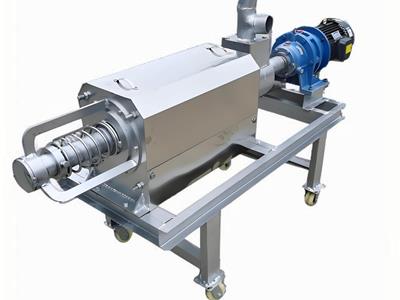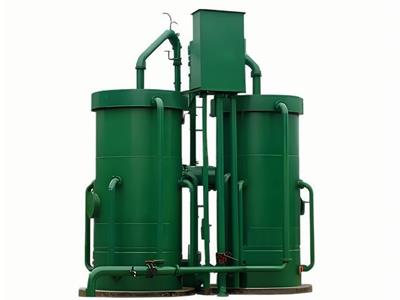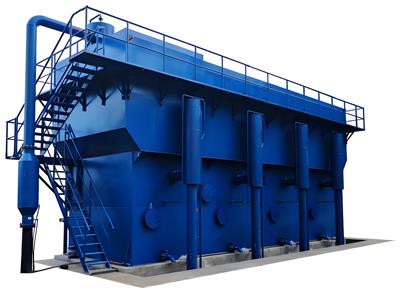- 2025-07-07
Assimilation capacity
The ultimate bearing capacity of water body self-purification
It refers to the maximum threshold that natural water systems can absorb pollutants through physical, chemical, and biological processes while maintaining ecological balance. This capacity is manifested as:
Physical processes: dilution and dispersion, particle sedimentation
Chemical processes: Oxidation and decomposition, photolytic reactions
Biological processes: Microbial metabolism, aquatic plant absorption
Key constraints:
Dissolved oxygen (DO) concentration must not be less than 4 mg/L (to ensure survival of aquatic organisms)
Concentration of toxic substances must be below the limits specified in the "Standard for Environmental Quality of Surface Water"
Water temperature, pH value, and other parameters must be within the range suitable for biological activity
Principles of engineering application:
Total discharge volume control must be < the assimilation capacity of the water body
Wastewater Treatment Plant Discharge Standard Formulation Basis
Key Design Parameters for River Basin Ecological Restoration Projects






